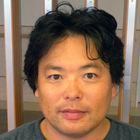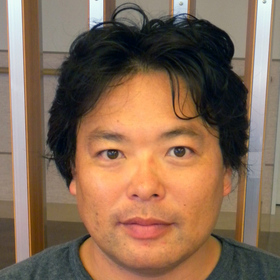How the Arts Festival is Evaluated
Number of Attendees as an Economic Indicator
Once an arts festival is held, how is it evaluated? The government’s answer to this question is simple: by the number of attendees. For example, the Aichi Triennale saw a turnout of 570,000 in 2010 and 620,000 in 2013, and is said to have brought about a large ripple effect in the local economy. In fact, for arts festivals funded by taxes, to governmental assemblies, this number of attendees is regarded to be more important than artistic significance. To a certain extent, if it contributes to revitalizing the local area, it’s determined to be an allowable expense. However, unlike with exhibitions at art museums, this number isn’t simply how many people purchased tickets. At arts festivals, some pieces are displayed in public places, and there are people who come to appreciate them as an extension of their everyday life. At Oasis 21’s water feature, the number of festival attendees is calculated by examining the difference between the regular number of visitors and the number of visitors during the festival. Also, when the event is split into multiple venues, there will inevitably be overlap as people are counted more than once, due to counts being done at each venue and then totaled. Consequently, as the number of venues increases, it can be generally said that the number of attendees is likely to increase.
Naturally, there is criticism which calls into question whether attendee numbers are not being padded in this manner. And if the numbers are sure to increase each time, the inability to lower them again creates pressure, and as reports stray further from reality, it may lead to censorship echoing that of wartime Imperial Headquarters’ announcements of falsified and padded information. Therefore, I don’t believe we should over-pursue economic figures alone as the outcome of arts festivals. They may sometimes dwindle or even fail, but if we do not share the significance of continuing to hold them in spite of that, art will come to be regarded as nothing more than local revitalization or an economic tool. Certainly, conclusions based on numbers are streamlined, like school report cards, and clear and easy for ordinary people to understand. But be that as it may, as arts festivals continue to be raised up, they should be appraised from multiple viewpoints – what kind of outstanding work has emerged? What kind of talent has been cultivated? What kinds of artists have spread their wings, and has the cultural image of the venue improved?
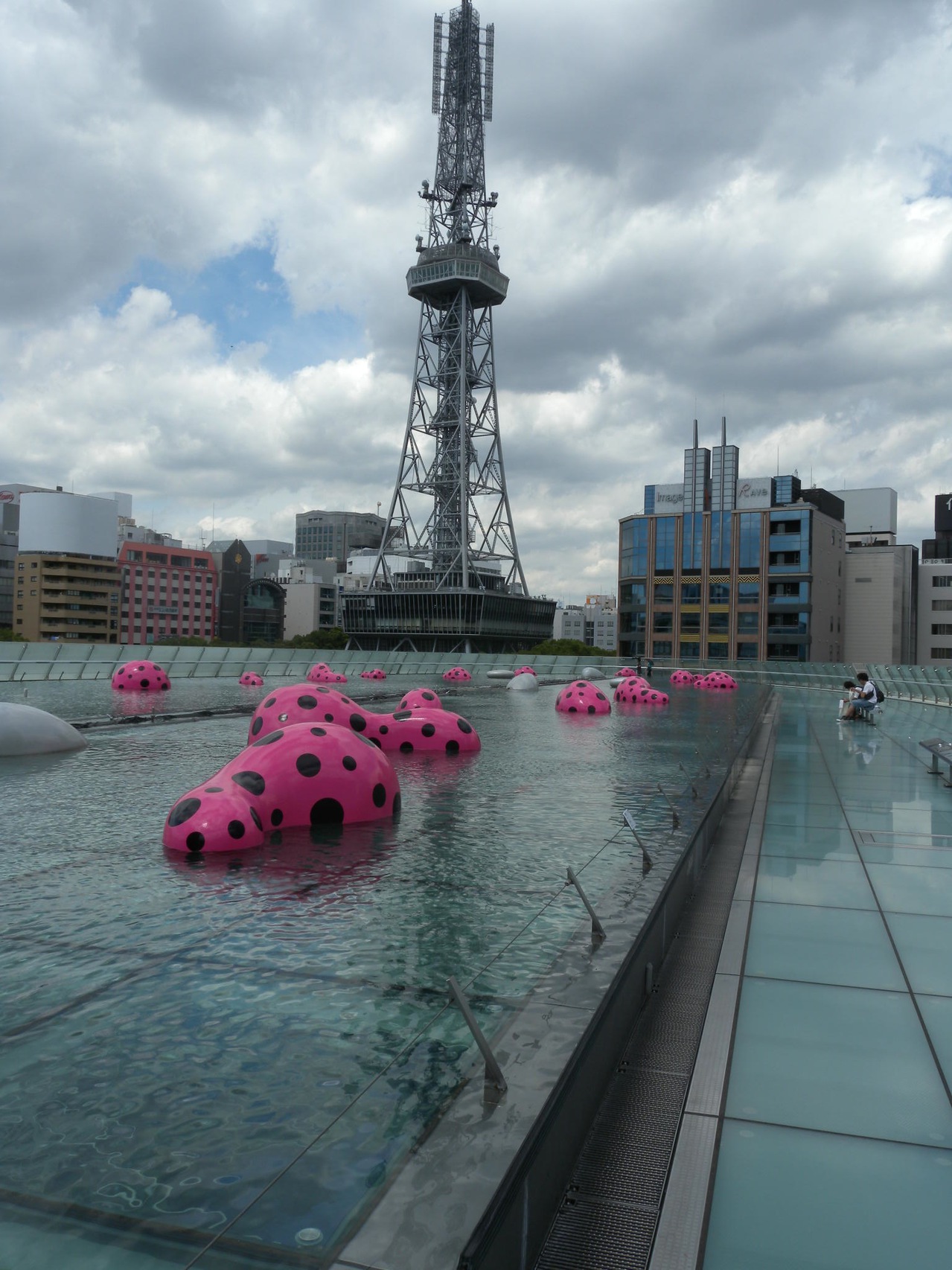
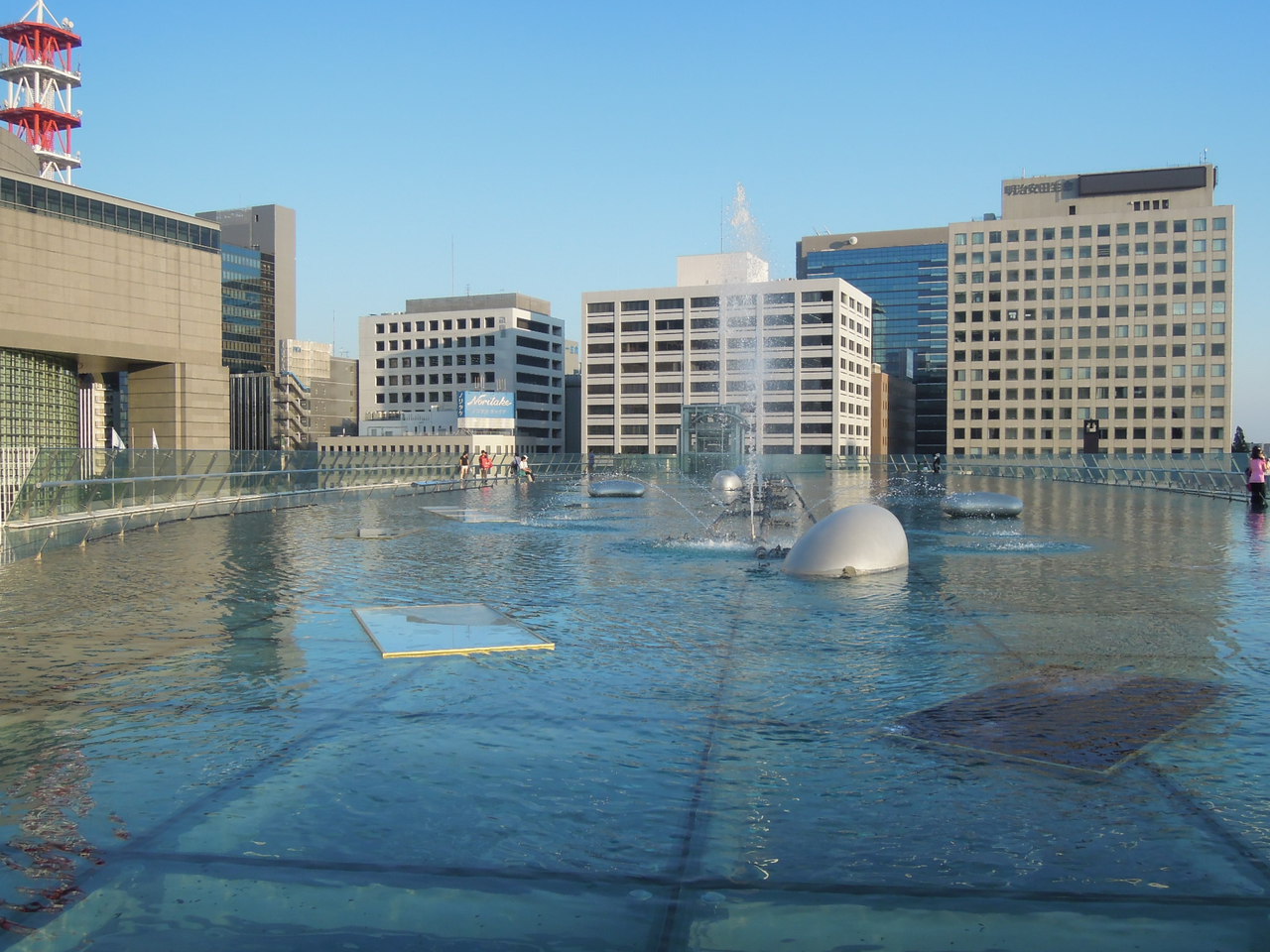
International Exhibition, or Local Festival?
Immediately after the Aichi Triennale 2013 had ended, a local newspaper, the Chunichi Shimbun, published a severely critical symposium written by anonymous reporters, and as artistic director, I made a rebuttal. I did so because, though the controversy had thankfully not been reduced to the level of disputing attendee numbers, I could not allow the influential mass media to treat the artists with such discourtesy, through its errors of fact and arbitrary, one-sided fixations based on insufficient coverage. Because there were so many problems with it, I will point out some of them here, and I’d like the readers to refer to this summary of counter-arguments for details. Tetsuya Ozaki, General Producer of the Performing Arts division, also released his “Open Letter to 5 Chunichi Shimbun Reporters”, identifying ten factual errors. At the time, because the response was so great, I submitted a rebuttal as the Chunichi Shimbun had requested; I was instructed to rewrite it, but refused, and the manuscript was never published as a result.
The following is an excerpt of the second half of the manuscript that was rejected for publication at that time.
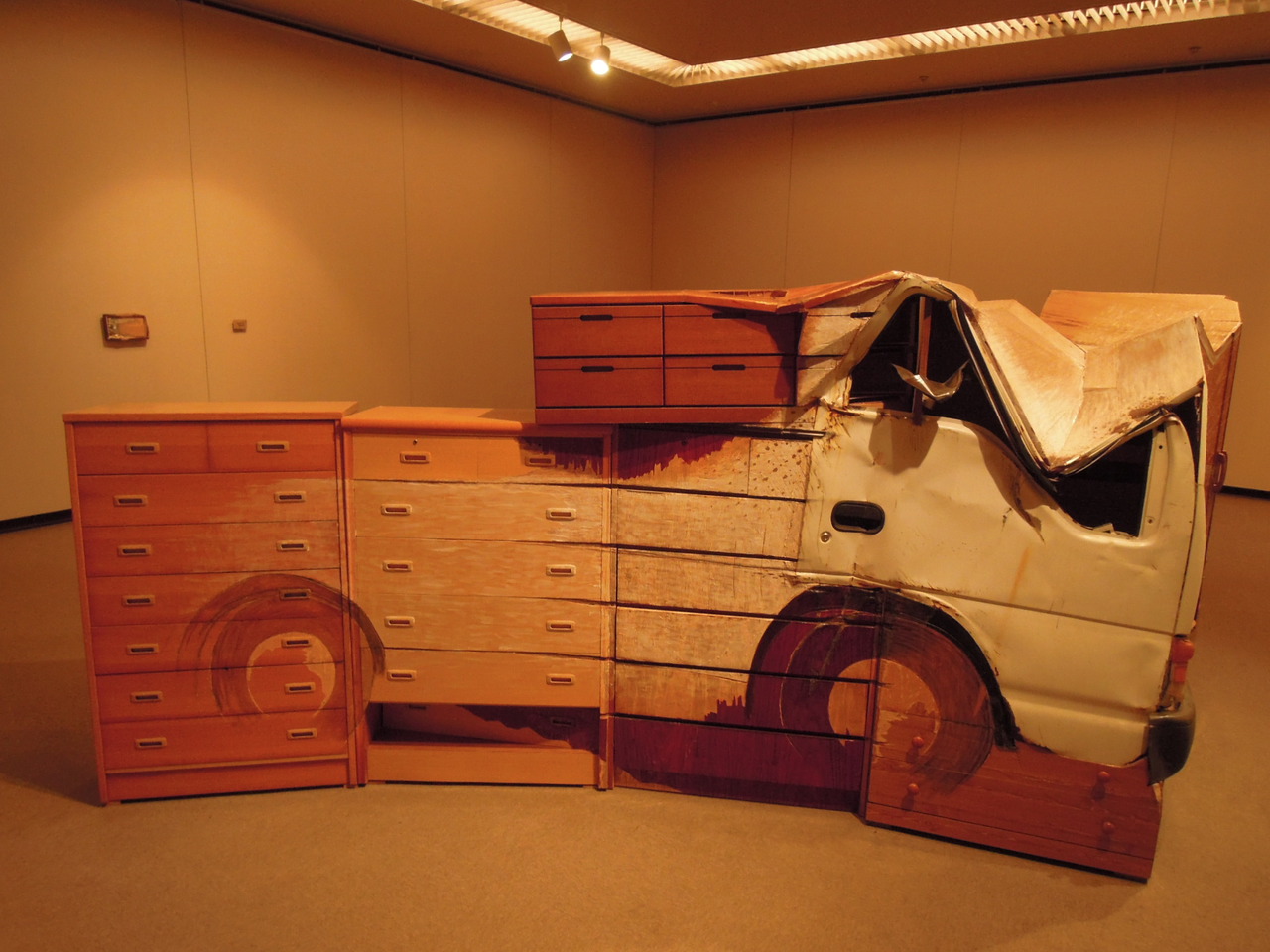
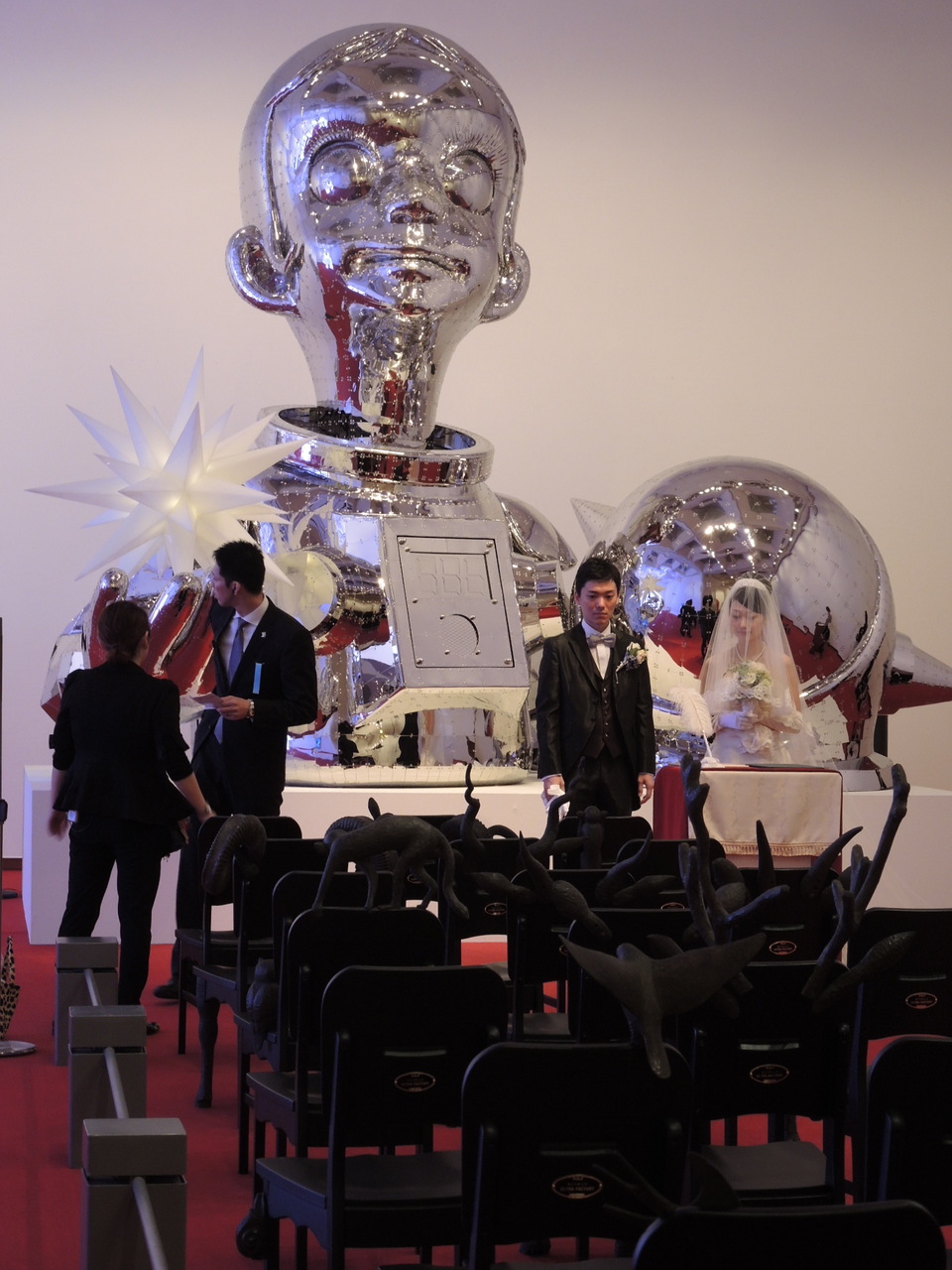
Reporter E criticized that “the Aichi Triennale has no fundamental characteristics”. However, only Aichi has incorporated opera into an international exhibition, of which there are hundreds around the world. Having performing arts one of its major pillars is also a major distinction. Again, this event adopted a strong theme not seen anywhere else. In contrast, reporter B states that “one cannot deny the feeling that work was collected according to a theme”, and reporter C says “the selection and commission of works based on Beckett is putting the cart before the horse”. What is wrong with selecting pieces with a clear theme? Also, I explained many times in press releases that for theater and dance, focus would be placed on Samuel Beckett in relation to the theme. I do not see how we had “put the cart before the horse”. Next, reporter E’s remarks: “There were many straightforward pieces that had been made to represent the great earthquake off-the-cuff.” This just makes it sound like they were all just halfhearted works of art. Photography by an artist from Okazaki who lost her home in the tsunami. An exhibit documenting the damage done to Kesennuma, from a curator who had likewise lost his home. The development of a piece that had spent two years with victims living in temporary housing in Minami-Soma. An artist from Sendai, who had been collecting and “restoring” broken items since before the earthquake. It makes a mockery of these important pieces, which each became their life’s work. Contributor Mr. Hiroyasu Yamauchi, of Kesennuma’s Rias Ark Museum of Art, commented: “I felt that the Chunichi Shimbun reporters did not understand the events of the Great East Japan Earthquake at all. ...I felt they had no sense of crisis for the future about them. ...It was content that made light of everyone living in the disaster area, and which made me feel deeply angry.”
Finally, reporter E closed the symposium with, “[the festival] did nothing but bring anything that could be considered contemporary art from someplace else and display it all in one place, exhausting the locals”. Chojamachi, which had become a venue for the triennale for the second time in a row, had been revitalized, and Okazaki, which had been newly added as a venue, has seen a rise in momentum in its urban development through this opportunity. Did the reporters really see the actual location? The Aichi Triennale is a large-scale international exhibition that has not been done in either Tokyo or Osaka, much less is it an imitation of the Echigo-Tsumari or Setouchi arts festivals. Reporter E may belittle Aichi’s cities, saying they have no appeal, but this is an international exhibition that has brought together the power of Aichi’s people, cities, establishments, history, and educational environment, and one that the locals who brought it to fruition should be proud of.
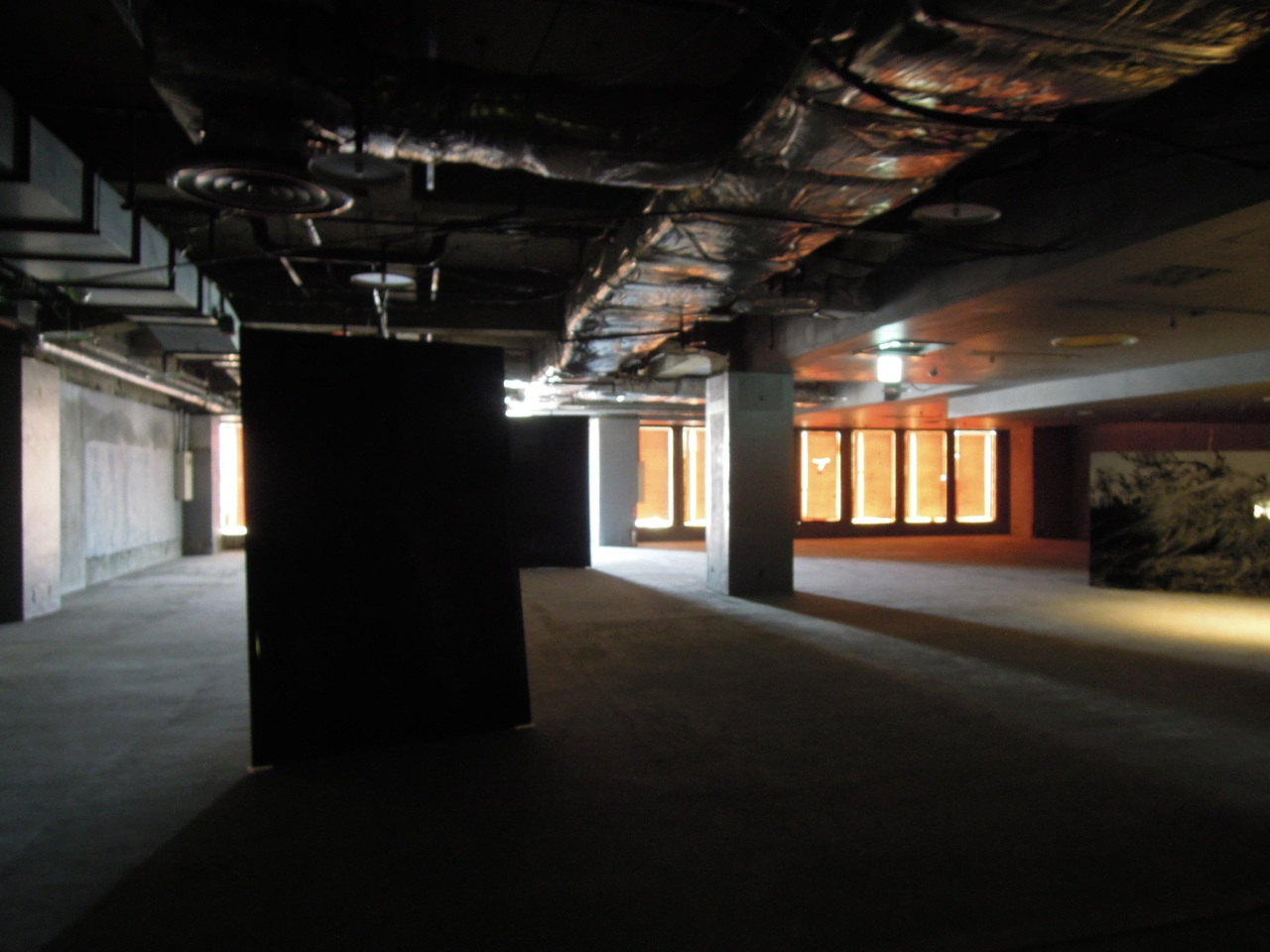
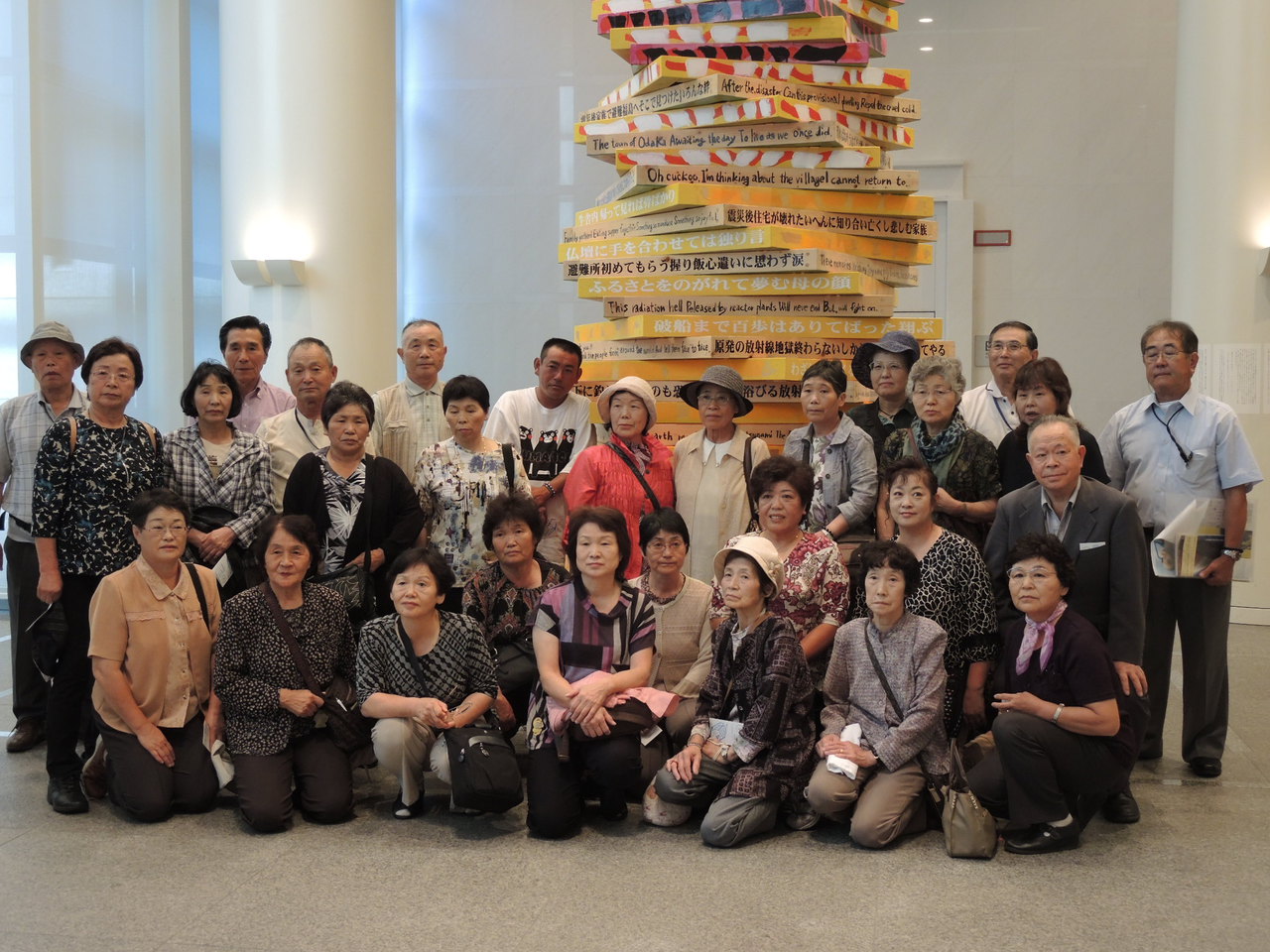
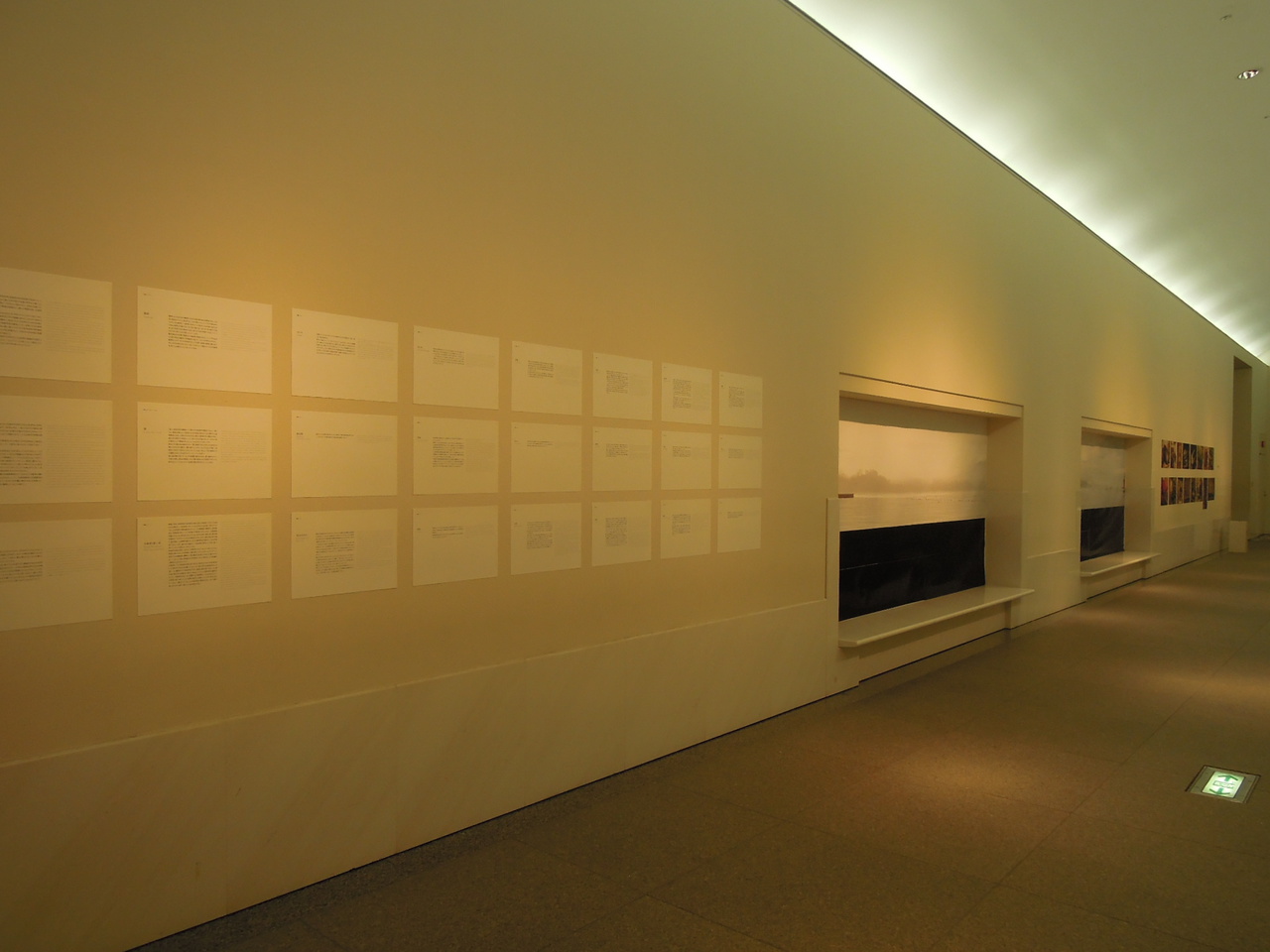
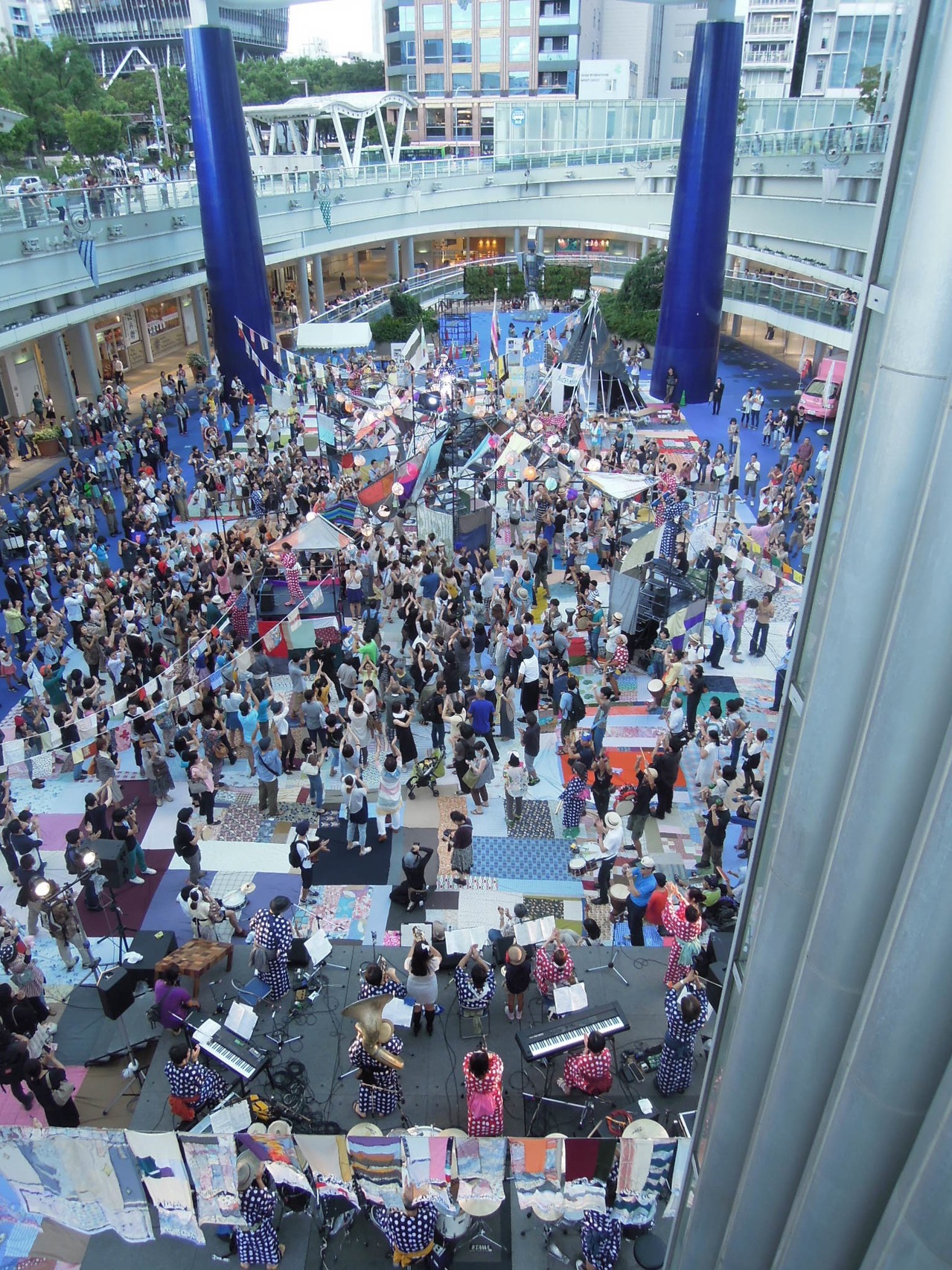
If the Chunichi Shimbun were to pass judgement, they should have naturally been prepared for objections, but the artistic director’s comments were ignored, and in the end, a true discussion did not appear in its pages. Personally, I would at least have liked such a severely critical symposium to be published while the Aichi Triennale was being held. If that had been the case, many readers and interested parties would have been able to see it with their own eyes, and judged the content for themselves. But that wasn’t possible, as it had happened just after the triennale had ended. The reporters’ tone, as if to say “outsiders stay away, use our local artists and ceramics more”, is reflective of the question of whether arts festivals are globally centered, or if they are local festivals. Indeed, amongst the flood of arts festivals, the number of things which have no need of the “international” label is not few. However, some arts festivals, such the Yokohama Triennale and the Aichi Triennale, are able to do so, and it is better to make it known that they are planned with that aim in mind.
Concerning the Kotatsu Problem
One case in which I had my own criticisms was when I was visiting the Echigo-Tsumari Art Triennale 2009 with Naoyoshi Hikosaka and other members of the art and architectural fields. It was a dispute concerning an outdoor installation by the two-person team, pop-up-tokyo, called everyone’s kotatsu, exhibited next to Matsudai Nohbutai. It was broadcast on Architectural Radio, and caused quite a stir.
I called it “the kotatsu problem”. When looking at the drawing of everyone’s kotatsu for its public advertisement, it evokes a SANAA-like image. In fact, SANAA-style images of people were arranged within the picture, and the overall design was like that of up-and-coming designs such as Maki Onishi’s big dining table, which took first place in the 2006 Shelter Competition, or Junya Ishigami’s table. It was the type of design that is common in design competitions, though if it is not actually created it is simply a matter of being similar. However, compared to the proposed outdoor enormous 10-square-meter white sunken kotatsu, with holes here and there, the real thing was a total failure. The size was reduced to about 6 meters square, and what’s more, not only were the seams between the four parts clearly obvious, but one piece was completely misaligned.
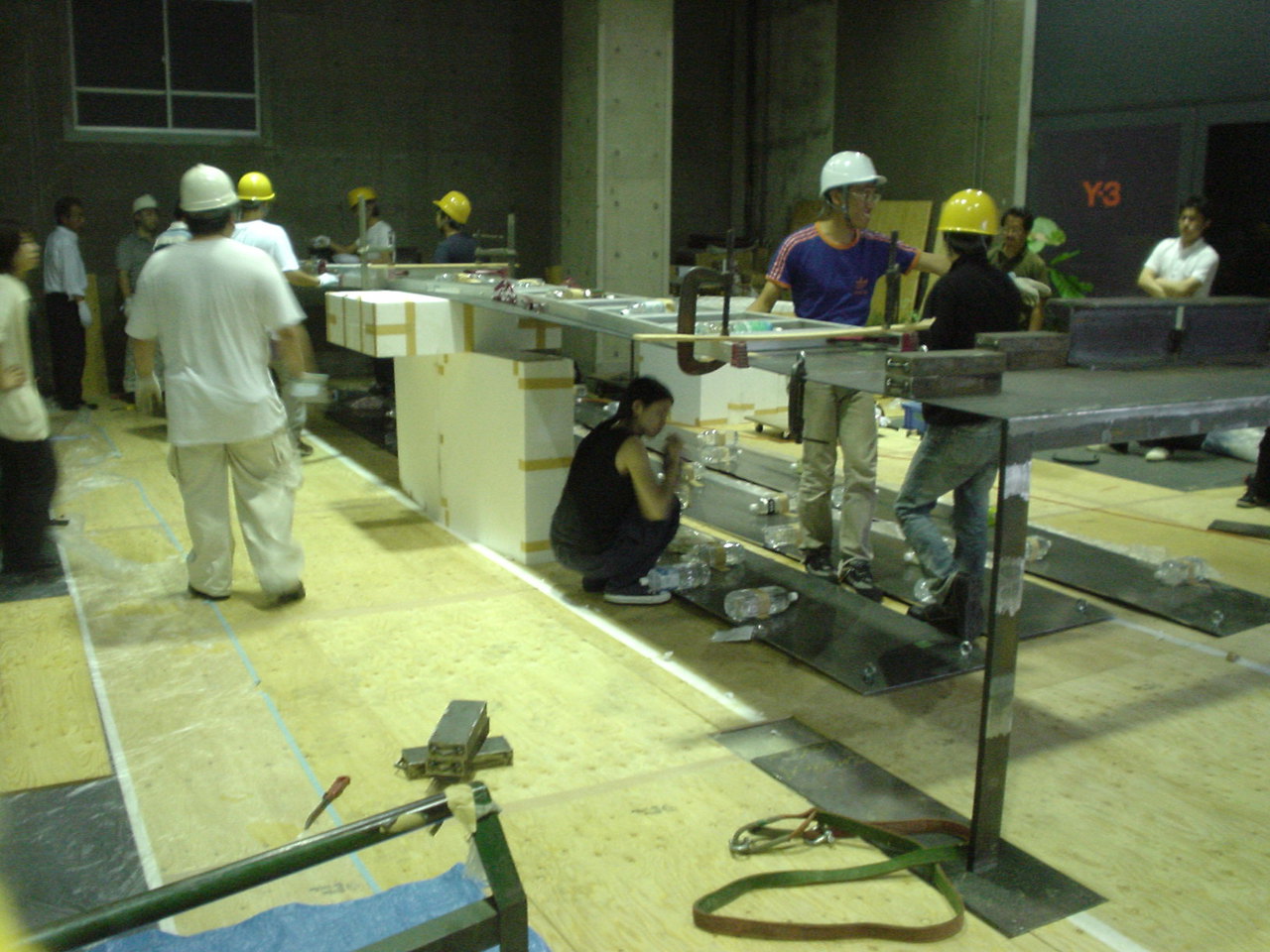
There are other works which are simply no good. However, several important topics overlap in the kotatsu problem, and it was a piece worthy of discussion in general. First of all, the artists were charismatic graduate students who had had consecutive victories at design competitions (they had even won two competitions in which I had been in charge of judging). There was a stark difference between their excellent presentation and the real thing. It was an easy copy of a trend in Japanese architecture. They had proposed something that they themselves could not bring to fruition. Also, the judges selected a plan that came with such concerns, and quality could not be controlled on the curation side. On the other hand, there was no sense that the artists were working hard to bring the piece to completion, either. They mentioned a citizen participation system, but there doesn’t seem to be evidence of them trying it out. I heard that the budget was also reduced, but that was true for other artists as well. Even without money, those who have chosen artists without skill must also take responsibility, and the artists, too, were lacking in their drive to bring their ideas to fruition with all of their might, even if it they must pay their own way.
In my experience planning and judging art and architectural exhibitions, this was an example symbolic of their structural problems. Architectural events show strong presentation skills, but this has a tendency to become vain “big talk”, and one can see an inclination for the actual exhibits to turn out rough and incomplete. Meanwhile, in art, the work itself becomes a commodity, so events generally show high precision. Of course, one may argue that architecture’s true battleground is outside the exhibition venue, and models and drawings are mere substitutes; art-style installations are not architecture’s main job. However, as long as works of architecture and art are being displayed at the same exhibition, the viewer will not differentiate between artists and architects (it isn’t mentioned in the captions on-site), and we should expect both kinds of creators to maintain the same resolve. In the 21st century, with Atelier Bow-Wow and MIKAN as the vanguard, events aligning art and architecture have been steadily increasing. While that is nice, if pieces like everyone’s kotatsu show up on display, it cannot be helped if others criticize us for taking art lightly. However, it is also true that quality control is difficult for arts festivals which display many pieces outdoors, compared to ordinary exhibitions held inside exhibition rooms.
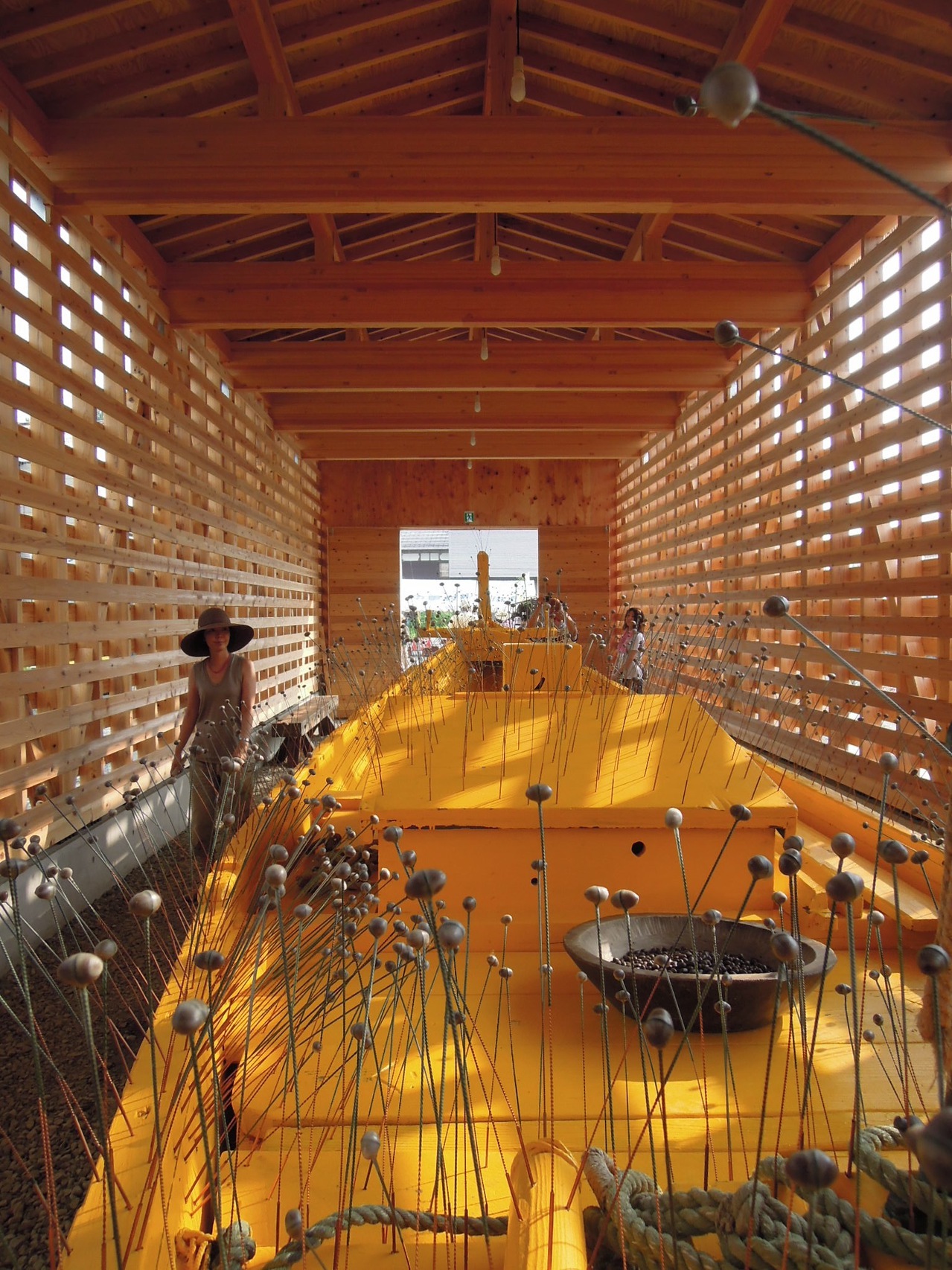
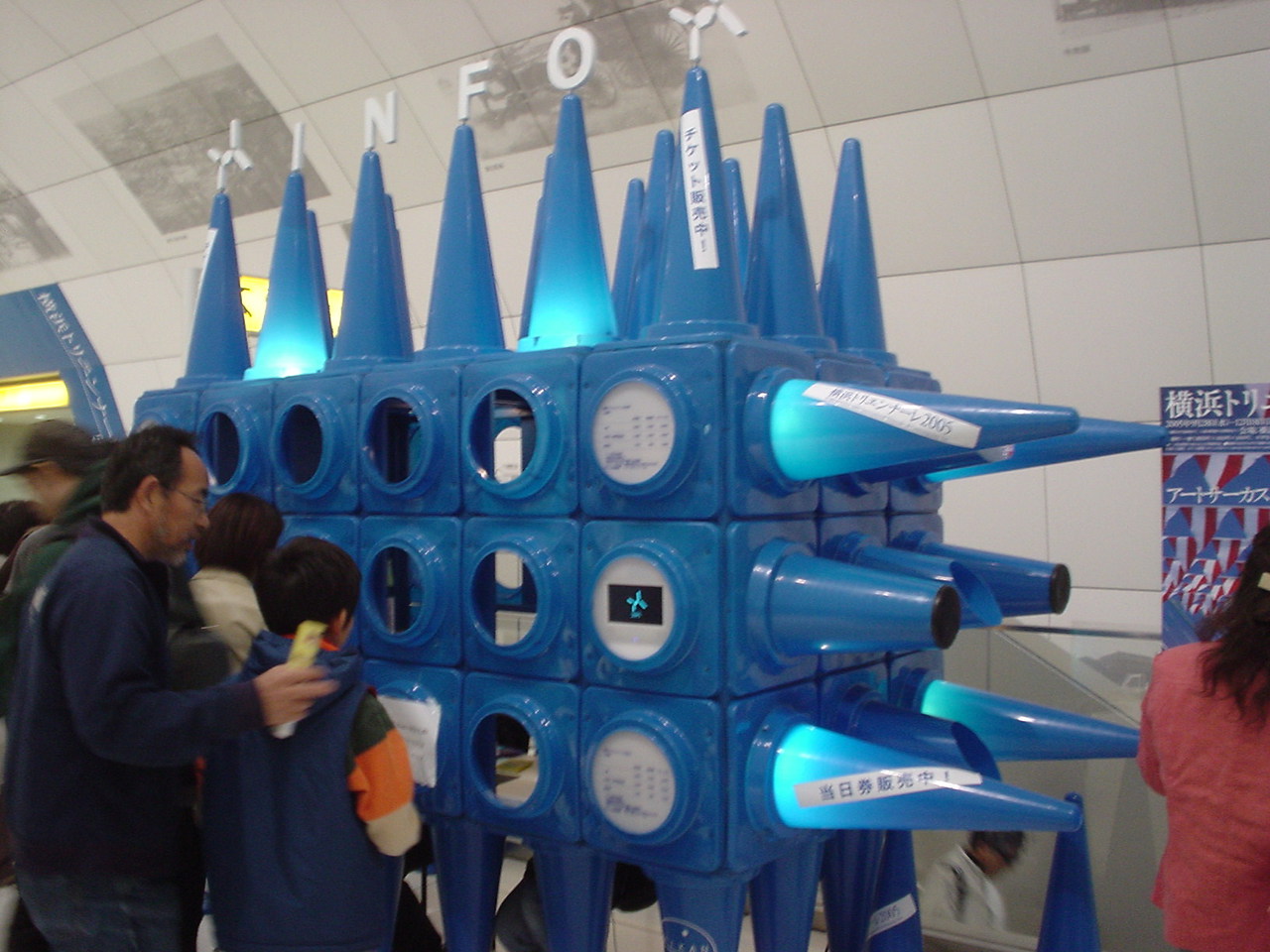
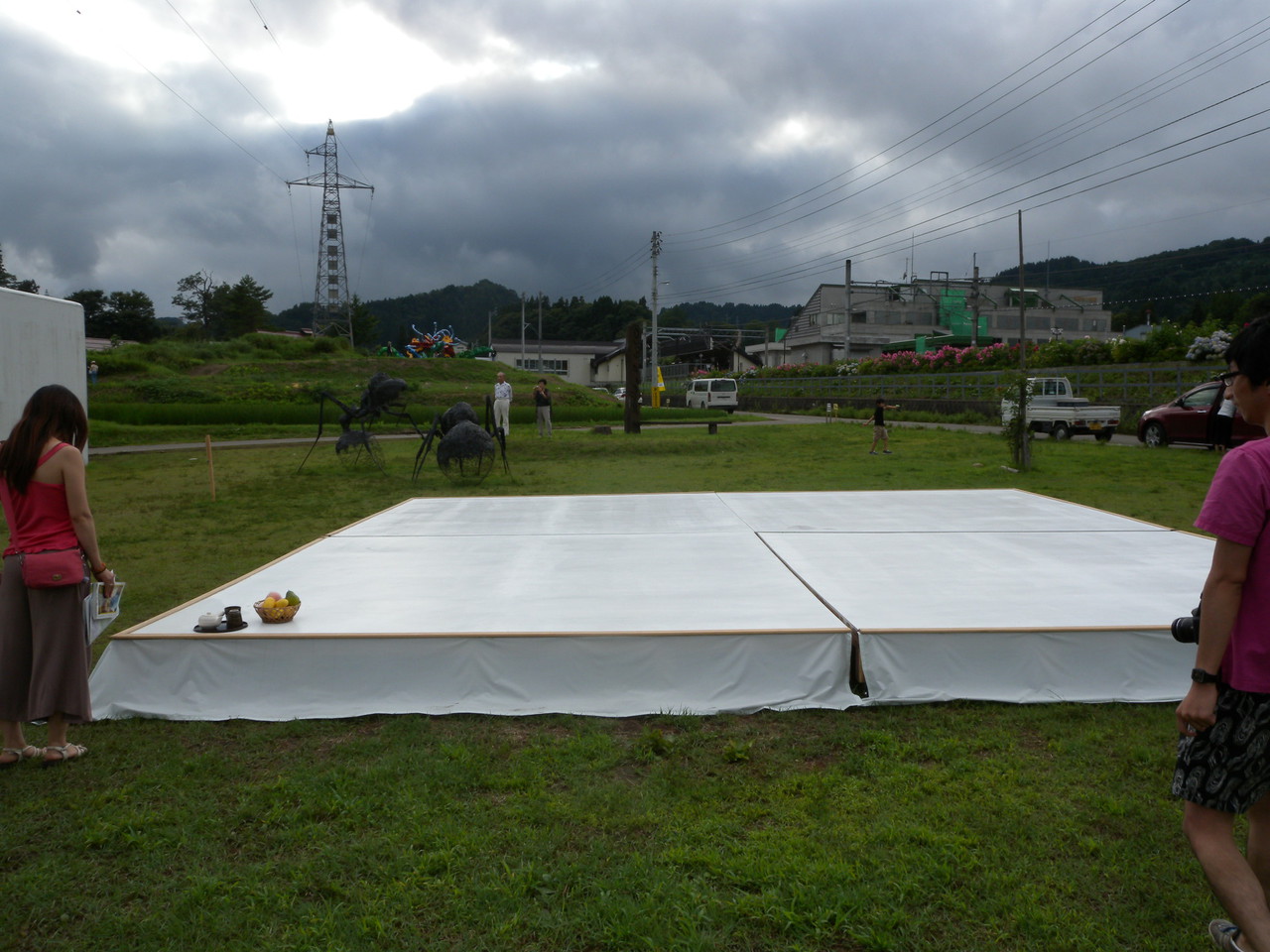
Urban Development and Criticism
This year, a book was published that raised doubts concerning arts festivals: Naoya Fujita’s “Regional Art” (Horinouchi Publishing, 2016; I wrote a review for the book). Fujita expressed discomfort with the use of art as a tool for regional revitalization and economic growth, as well as the increasing number of “plain” project-based pieces, without sufficient judgement of the quality of said pieces. In general, these kinds of pieces appear outside the art museum, and place emphasis on the production process and citizen participation, rather than the completion of objects like paintings or sculptures. Therefore, Fujita sees how methods of expression such as communication and relationships, indicative of the rebellious spirit of the 1960s, have been recycled into tax-funded “regional art”, calls them “avant-garde zombies”, and says they are becoming sedatives for declining regional areas. Indeed, art has become popular as a tool for urban development. However, even if art gives us an opportunity to enliven a place, it isn’t urban development itself.
If we view “Regional Art” positively, through the shifts in the artistic landscape, we should see changes in evaluation as it has been up until now. Even in the field of architecture, “community design”-like approaches which emphasize process over form have been drawing attention, and I have indicated in the past that our language of criticism may require revamping (see my article, “Relational Architecture”, in Bijutsu Techo, January 2015 issue). Additionally, Claire Bishop’s masterful “Artificial Hells” (Film Art Inc., 2016; *my review is scheduled for publication by Asahi Shimbun, July 17) was translated recently. She doesn’t consider participatory art to be a new trend, and instead traces its roots to the early 20th century avant-garde movement and the experiments of Situationists in the 1960s. Although “Artificial Hells” does not cover Japan as a topic, and “Regional Art” has come from a different context from that of overseas, for the future, isn’t it necessary after all to work towards careful criticism of the present, from what history has unearthed?
(July 3, 2016)

